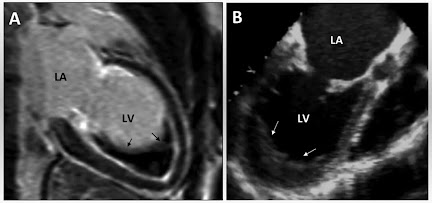Name : Mitochondrion ( plural - mitochondria), power house of the cell.
Properties :
- It is membrane bounded cytoplasmic organelle.
- It's shape rod or oval, and diameter 0.5 - 1.0 micrometer.
- It covered bilayered membrane
- Outer membrane : is smooth and encloses the contents of mitochondrion as well various enzymes such as acetyl-CoA synthetase, glycerophosphate, acetyltranferase.
- Inner membrane : is folded in the form of shelf-like inward projection called cristae (crista). Cristae contain many enzymes and other protein molecules which helps in functioning. (Functions + enzymes + protein molecules in cristae = respiratory chain or electron transport chain). Enzymes of respiratory chains are 4-8 in list below.
- It's DNA contain 37 gene.
- It responsible for maternal child relation.
- It contains many enzymes and protein.
- Increase no of mitochondria by the exercise.
- It is the site of aerobic respiration
- Acetyl CoA synthesase.
- Glycerol phosphate.
- Acetyl transferase.
- Succinic dehydrogenase .
- Dihydronicotinamide adenine dinucleotide dehydrogenase .
- Cytochrome oxidase.
- Cytochrome -C
- ATP synthase.
Functions :
- Self replication .
- Production of cellular energy and synthesis of ATP (that's by known as "power house" of the cell).
- Apoptosis
- Storage of calcium
- Detoxification of ammonia in liver
Similar Posts :-







No comments:
Post a Comment
Please do not enter any spam link in the comment box